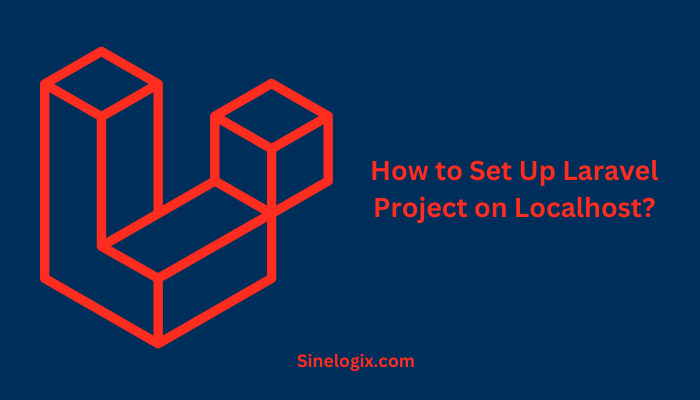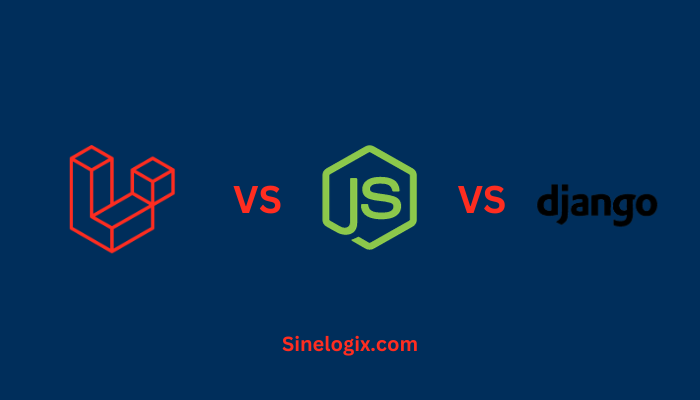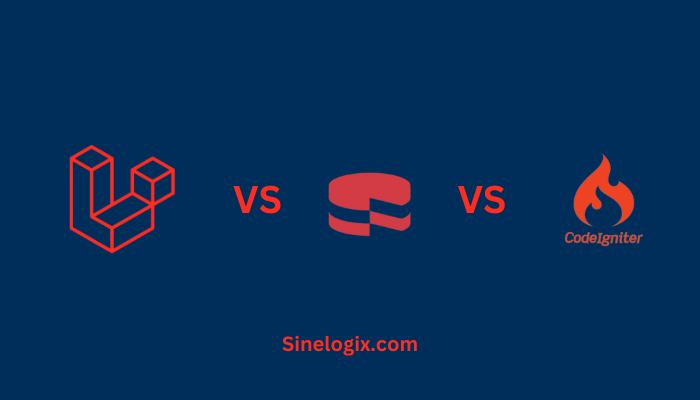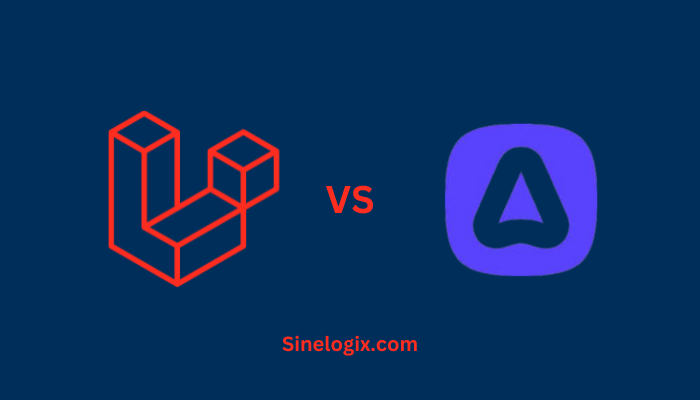Laravel, a renowned PHP web application framework, has won the hearts of developers worldwide due to its elegant syntax and robust features.
Whether you’re an experienced developer or just starting your journey, Laravel is a powerful tool for creating modern web applications.
To kickstart your development process, you need a local environment to work on your Laravel projects.
In this detailed guide, we will walk you through the step-by-step process of setting up a Laravel project on your local host. By following these instructions, you’ll be well on your way to creating web applications with ease and confidence.
Why Develop Locally?
Before we dive into the installation and setup process, it’s crucial to understand the benefits of developing your Laravel project on localhost:
- Isolation: A local development environment allows you to work on your projects in isolation. It ensures that your changes and experiments won’t affect a live website.
- Speed: Working locally eliminates the need to upload files to a remote server for testing, which can be time-consuming. This results in a significantly faster development process.
- Offline Development: You can work on your project even without an internet connection, ensuring uninterrupted development.
- Security: A local environment is secure, reducing the risk of exposing your project to potential threats on the internet.
How to Install Laravel on Localhost?
Now that we’ve highlighted the advantages of developing locally, let’s proceed with the step-by-step guide on how to set up a Laravel project on your localhost.
Step 1: Install PHP, Composer, and Laravel
Before you can set up a Laravel project, you need to ensure that PHP, Composer, and Laravel are installed on your system. Follow these steps to get started:
- Install PHP: Download and install PHP on your system. You can download the latest PHP version from the official PHP website (https://www.php.net/downloads.php). After installation, make sure to add PHP to your system’s PATH so that you can run it from the command line.
- Install Composer: Composer is a PHP dependency manager and is essential for Laravel development. You can download and install Composer from the official website (https://getcomposer.org/download/). After installation, verify Composer by running the following command in your terminal or command prompt:
composer --version
- Install Laravel Installer: Laravel provides a convenient installer to create new Laravel projects. Install the Laravel Installer globally on your system by running the following Composer command:
composer global require laravel/installer
Ensure that the global Composer bin directory is in your system’s PATH to make the Laravel Installer globally accessible.
Step 2: Create a New Laravel Project
With PHP, Composer, and the Laravel Installer in place, you can now create a new Laravel project. Follow these steps:
- Navigate to Your Project Directory: Open your terminal or command prompt and navigate to the directory where you want to create your Laravel project. Use the
cdcommand to change directories. - Create a New Laravel Project: Run the following command to create a new Laravel project. Replace “my-laravel-project” with your desired project name:
laravel new my-laravel-project
The Laravel Installer will create a new Laravel project with the specified name in your chosen directory.
Step 3: Configure the Environment
A critical part of setting up a Laravel project on your localhost is configuring the environment. Laravel uses an environment file (.env) to manage your application’s configuration. Follow these steps:
- Generate an Application Key: In your terminal, navigate to the root directory of your Laravel project and run the following command to generate an application key:
php artisan key:generate
This key is used for encryption and should be kept secret.
- Set Up Database Configuration: Open the
.envfile located in your project’s root directory. Configure the database connection settings according to your local environment. For instance, you can use SQLite for simplicity during development, or set up a MySQL or PostgreSQL database if needed.DB_CONNECTION=mysql
DB_HOST=127.0.0.1
DB_PORT=3306
DB_DATABASE=your_database_name
DB_USERNAME=your_database_user
DB_PASSWORD=your_database_password
Replace the placeholders with your specific database details.
- Migrate and Seed the Database: Run the following commands to create the necessary tables in your database:
php artisan migrate
php artisan db:seed
Step 4: Serve Your Laravel Project
Now that your Laravel project is configured, you can serve it locally. Laravel provides a development server that you can run with the following command:
php artisan serve
This command starts a development server that serves your Laravel project on a local URL. Typically, it will be something like http://127.0.0.1:8000/.
You can access your Laravel project by entering this URL in your web browser. You should see the default Laravel welcome page, indicating that your project is up and running on your localhost.
Step 5: Further Development
With your Laravel project successfully set up on your localhost, you can now start developing your web application. Laravel provides a powerful set of tools and features to streamline your development process, including Eloquent ORM, Blade templating, and an extensive library of packages and libraries.
As you work on your project, you can use the command-line interface (CLI) to run artisan commands, create controllers, models, and views, and manage database migrations and seeds.
In addition, you can customize the layout, views, and routes according to your project requirements. Laravel’s extensive documentation and active community provide valuable resources and support as you develop your web application.
Related Articles:
Conclusion
In this comprehensive guide, we’ve walked you through the process of setting up a Laravel project on your localhost. Developing locally provides you with a secure, fast, and isolated environment for building web applications using the Laravel framework.
By installing PHP, Composer, and the Laravel Installer, creating a new Laravel project, configuring the environment, and serving your project locally, you’ve taken the essential steps to begin your Laravel development journey.
From here, you can explore Laravel’s vast ecosystem and tap into its features and capabilities to create sophisticated web applications with ease and confidence. Happy coding!




